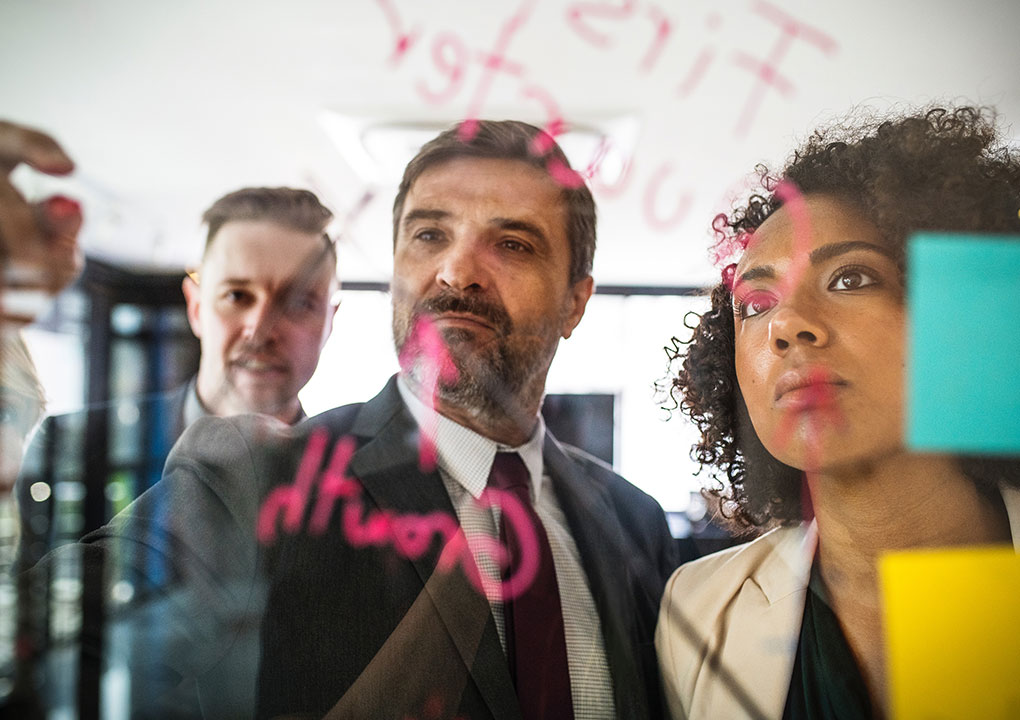Welcome to the third issue of Conversations at Tangible in 2022! In this issue, we explore what the Metaverse is and how brands can get into the space.
If you’ve been living on earth with access to the internet in the past few years, chances are you’ve heard of the Metaverse. Like most of us, you might have found yourself wondering – what is this ‘metaverse’ that everyone seems to be speaking of? Is it really the next big thing? How will it impact our future and what will society look like with it around?

But first, let’s take it from the beginning. While it has been coming up as a buzzword for the past few years, the term ‘metaverse’ was actually first coined by Neal Stephenson in his sci-fi novel, Snow Crash, in 1992. His construction of the metaverse was an all-encompassing digital world in parallel to the real world. This parallel world is certainly the big-picture aim of big tech companies today, and they are making it known that they are betting big on it. Most notably, the Facebook company rebranded itself as Meta, communicating founder Mark Zuckerberg’s vision to build the future of social connection through the Metaverse. After the rebranding, the term ‘metaverse’ found itself becoming a hotter buzzword across the globe.
What is the Metaverse?
Just like the term ‘cyberspace’, the term ‘metaverse’ has a relatively fluid definition with dozens of different ideas of what it could mean. Broadly speaking, the metaverse is essentially a shared virtual space that is immersive, interactive and hyper-realistic. People are digitally represented by customisable avatars, through which they interact with one another in a variety of settings. The metaverse can be accessed using virtual reality (VR) headsets, smartphone apps, augmented reality (AR) glasses, or other devices. You’ll also be able to own digital assets such as NFTs, and navigate around the virtual space just like how you would physically navigate around the real world. According to technologists, users will be able to do everything from attending live concerts to even buying a piece of virtual land.

Sounds grand, doesn’t it? While this virtual universe boasts of the potential to be a boundless reality that allows humankind to transcend many physical limitations (think: you can be anyone and do anything) – it also poses its own set of challenges. Issues such as heightened internet harassment, addiction, and even more invasive data breaches are just a few of the issues that could potentially arise. Particularly, the rise of the metaverse has also brought about a startling concern – will society undergo dehumanisation?

We’ve seen the negative social effects video gaming and the internet have had on people who spend too much time being immersed in the virtual/cyber world. But with this new level of virtual immersion that the metaverse offers, follows the concern that people will over-immerse themselves in this pseudo-reality to escape from the harshness of the real world. All that’s left would then be a society filled with dehumanised interpersonal relationships, leaving shells of humans who would forget how to interact with one another normally. While this paints a scarily cold picture of our potential future, the rise of the metaverse does not necessarily have to lead to a society of soulless humans. Rather, used well and wisely, it can even fulfill the vision of Microsoft’s CEO – to create more presence and human connection in the metaverse.
Some brands are already hopping on the metaverse train, and innovating new ways to enhance the customer experience. An example of such a brand – to no one’s surprise – is Nike. Nike has leveraged the Roblox platform to create Nikeland, which is the name of its metaverse space. It allows users to socialise, chat, and interact with one another, and has even had celebrity appearances from sports stars like LeBron James.
What can brands learn from current examples?
A particularly interesting example is Nike’s combination of a virtual and physical experience. In their Space Drip project, launched in March 2021, customers could purchase Non-Fungible Tokens or NFTs (Also check out: A beginners guide to NFTs: The New and Exciting Investment Asset Class) that were designed by 19 digital artists using their Air Force Ones as a base. The NFT could then be redeemed for real-life shoes that would be in the same designs as the NFT purchased. With fans of Nike being drawn by the novelty of the hybrid experience and the exclusivity of the famed shoe designs, the Space Drip project was undoubtedly a huge success.

Learning point #1: Nike
Instead of only facilitating a solely-virtual experience for people, Nike created a smooth and exciting hybrid experience that married virtuality with our physical reality. By owning a pair of exclusively-designed NFT sneakers in the virtual space, customers were also able to enjoy their purchase through owning a physical pair of sneakers in the same design. Furthermore, as their physical shoes would have been obtained through such a novel route and customer experience, it would certainly also be a talking point for them. Brands can learn from this example and create novel hybrid experiences for their customers, facilitating points of conversation in social interactions. In addition, creating a way for customers to be able to enjoy an asset both virtually and physically means double the satisfaction gained.

Learning Point #2: Gucci
Gucci has also ventured into the Metaverse in Roblox. With a plot of digital land named Gucci Town, the luxury brand set up this dynamic destination “to express one’s own individuality and connect with like-minded individuals from all over the world”.

Gucci Town is home to vaults and boutiques showcasing latest product drops, a creative corner where visitors can create art pieces, and even a portal that transports them to an arena of Gucci-inspired competitions.
Following this vein of leveraging the metaverse space as an interaction enhancer, brands could look into creating virtual spaces to facilitate social connection that would have otherwise been unattainable. Imagine shopping in the metaverse, and instead of asking your friends for their opinions on the apparels you tried on, you would be able to ask other shoppers from all over the globe for their opinions. This way, your brand could be doing the opposite of facilitating a dehumanised world, and instead, fostering human connections at an even greater degree.
Learning Point #3: Monkey Shoulder
In 2021, Monkey Shoulder organised a Metaverse Festival after party on Decentraland.

A DJ Set with DJ A.Skillz & DJ Kraftykuts was created for the after party, as part of the brand promotion. Attendees were able to attend the festival after party from anywhere they wanted, and dance along to the DJ set that was brought to them by Monkey Shoulder. Through creating this fresh virtual experience, Monkey Shoulder effectively positioned themselves as an innovative, fresh and fun brand that is forward-thinking.
What brands can learn from this example is to create fun, fresh and inclusive experiences. As one of the early ‘metaverse’ pioneers, Second Life found its value in creating a virtual haven for all to experience and be whatever they wanted to be. This concept particularly appealed to people with certain mental and physical disabilities, as the platform provided a way for them to connect, socialise and forge meaningful relationships with others. In other words, what the physical reality inhibited – the virtual reality enabled. Through the metaverse festival after party, Monkey Shoulder not only created successful brand equity, but also an inclusive experience that transcends physical limitations. Attendees who might not be to attend a physical festival can now experience a live virtual festival from the comforts of their own home.
There’s no escaping the growing trend, that is the metaverse, as technology and platforms continue to advance in this digital age. Brands will either be able to make their move to get in and win successfully, or get left behind as the world evolves. But while the metaverse cautions us about potential threats of a dehumanised society, brands actually have the power to leverage the platform to enhance human connection instead. Or in Canadian philosopher Marshall Mcluhan’s words, “We become what we behold. We shape our tools, and thereafter our tools shape us”.
Tangible is a brand strategy and business consulting firm, synergising our consulting and creative offers to give clients comprehensive solutions. We believe brands are strategic management tools that should go beyond simply delighting customers. For more information on how Tangible can assist you with your branding, or other related digital services, please contact us here.
Share this article



